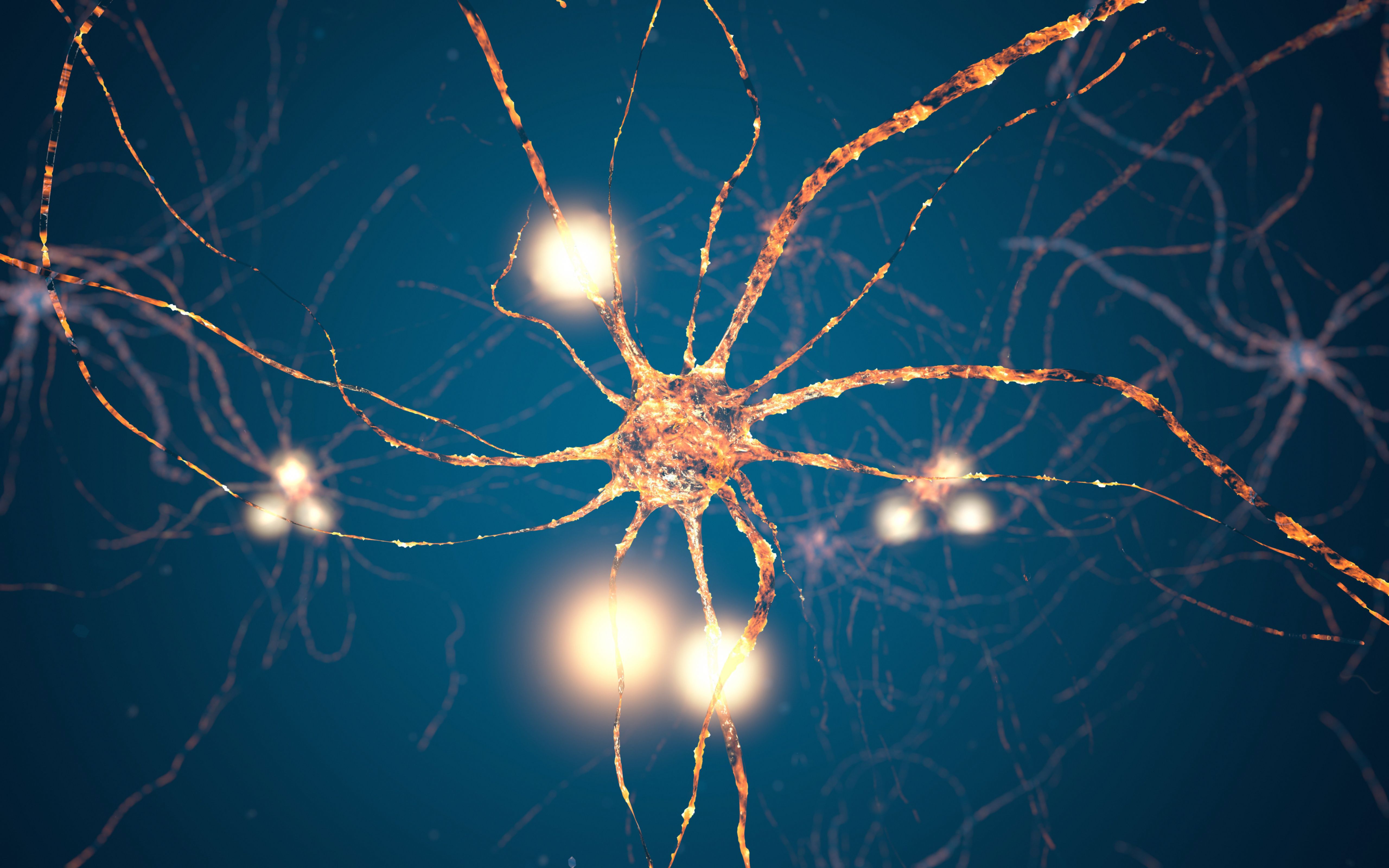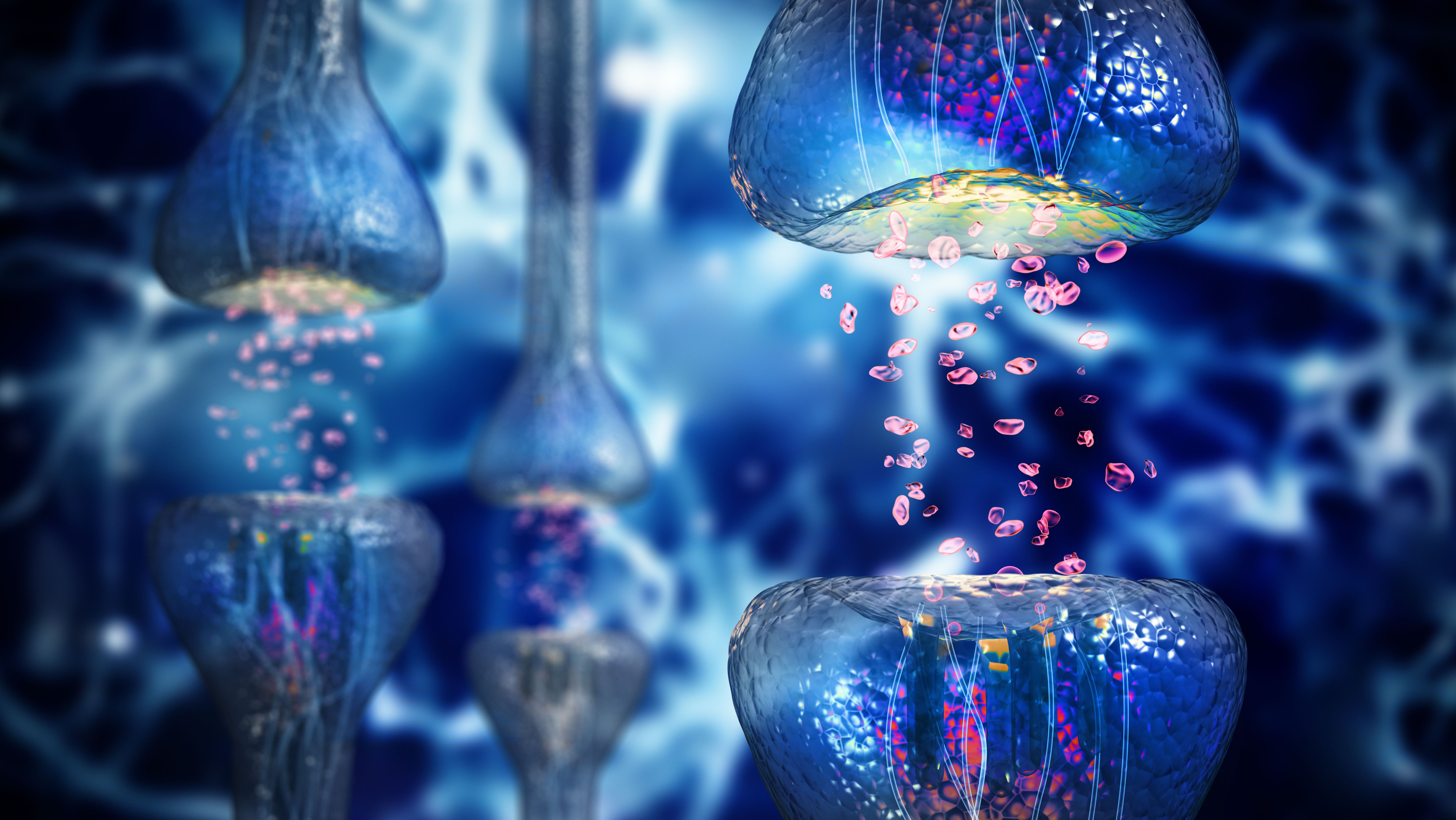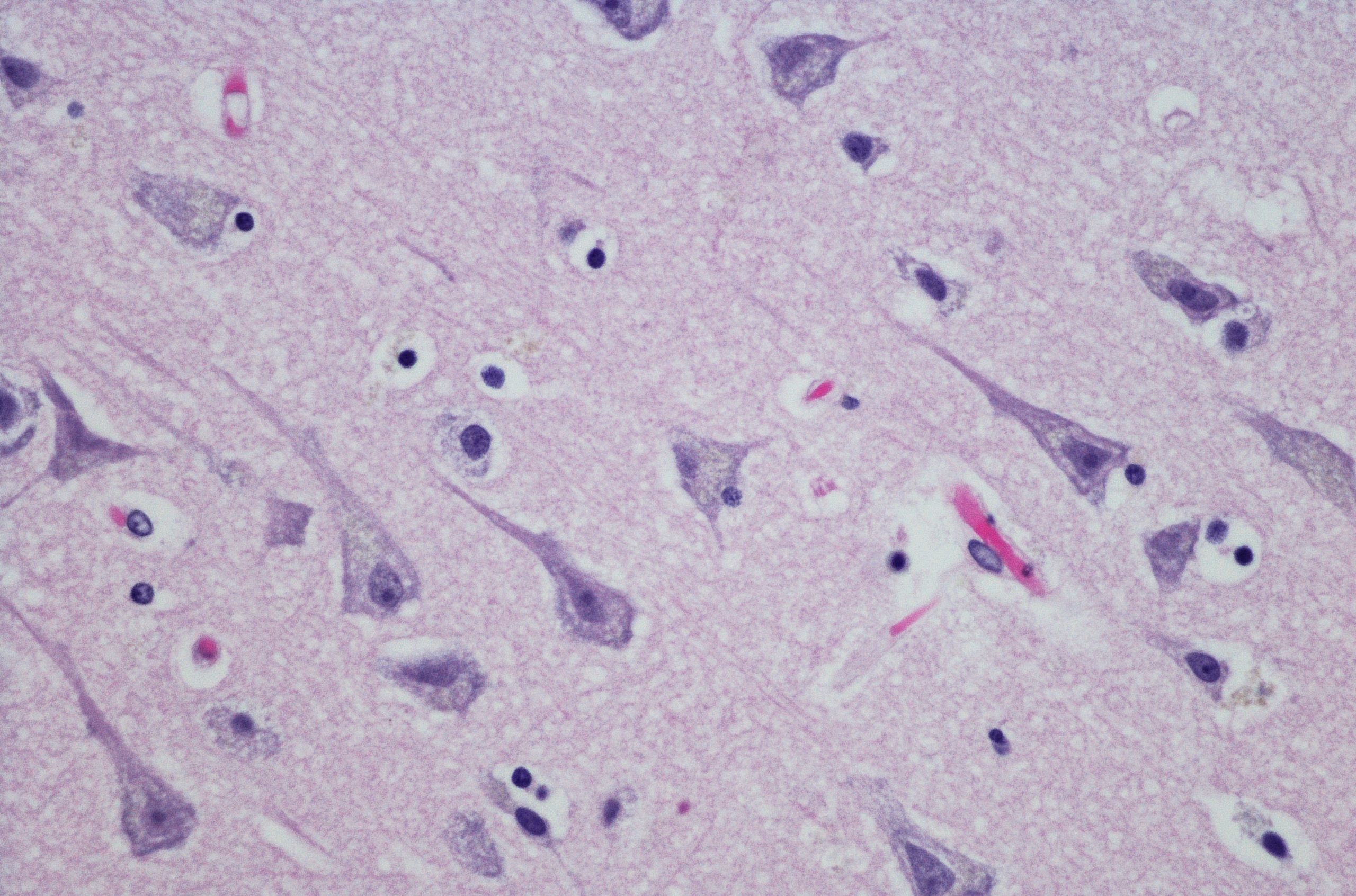The Role of Neurons and Glial Cells in Pain
Introduction to Neurons and Glial Cells
Understanding the complex mechanisms of pain involves delving into the intricate world of the nervous system. At the core of this system are neurons and glial cells, each playing a crucial role in how pain is perceived and processed. While neurons are often seen as the primary players in transmitting pain signals, glial cells are now recognized as significant contributors to pain modulation.
Neurons are the basic building blocks of the nervous system, responsible for transmitting signals throughout the body. These cells communicate with each other through electrical impulses and chemical signals, forming a network that processes sensory information, including pain. On the other hand, glial cells, once thought to be mere support cells, are now known to actively participate in pain signaling.

The Role of Neurons in Pain Processing
Neurons are specialized cells tasked with carrying messages from the body to the brain and vice versa. In the context of pain, these messages often begin at the site of injury or inflammation. When tissue damage occurs, it activates nociceptors, a type of sensory neuron that sends pain signals to the spinal cord and brain. This process is vital for alerting the body to potential harm.
Once the pain signal reaches the brain, it is processed and interpreted, leading to the perception of pain. This complex pathway involves several types of neurons, including sensory neurons that detect damage, interneurons that relay messages, and motor neurons that trigger a response. The efficiency and speed at which these signals are transmitted can significantly affect how pain is experienced.

Understanding Glial Cells’ Contribution to Pain
Glial cells, which include astrocytes, microglia, and oligodendrocytes, have long been overshadowed by neurons in neuroscience research. However, recent studies have highlighted their essential role in modulating pain. Unlike neurons, glial cells do not transmit electrical signals but instead support and protect neuronal function.
Microglia, a type of glial cell, becomes activated in response to nerve injury or inflammation. Once activated, they release various substances that can either enhance or suppress pain signaling. This dual role makes glial cells a potential target for novel pain therapies.

Interaction Between Neurons and Glial Cells
The interaction between neurons and glial cells is complex and dynamic. These cells communicate through chemical messengers known as cytokines and neurotransmitters. When there is an injury or infection, glial cells can release pro-inflammatory cytokines that amplify pain signaling. Conversely, they can also produce anti-inflammatory substances that help reduce pain.
This intricate communication network is crucial for maintaining a balance between pain amplification and suppression. Disruptions in this balance can lead to chronic pain conditions, making it essential to understand how these interactions occur to develop more effective treatments.
Implications for Pain Management
Recognizing the significant roles of both neurons and glial cells in pain opens new avenues for treatment strategies. Traditional pain management often focuses on blocking neuronal activity to reduce pain perception. However, targeting glial cell activity presents an innovative approach to treating chronic pain.
By modulating glial cell function, it may be possible to alter the release of inflammatory substances that contribute to prolonged pain states. This approach could lead to more effective treatments with fewer side effects compared to conventional pain medications.

Future Research Directions
The growing understanding of neurons and glial cells in pain processing highlights the need for further research. Future studies will likely focus on exploring the specific mechanisms by which glial cells influence pain and developing drugs that can selectively target these cells.
Additionally, research into how genetic factors affect neuron-glial interactions may provide insights into why some individuals are more susceptible to chronic pain than others. Such findings could pave the way for personalized medicine approaches in pain management.
Conclusion
In conclusion, both neurons and glial cells play essential roles in the perception and modulation of pain. Understanding their interactions provides valuable insights into the mechanisms underlying acute and chronic pain conditions. As research continues to uncover the complexities of these cells' functions, new therapeutic options will likely emerge, offering hope for those suffering from persistent pain.
